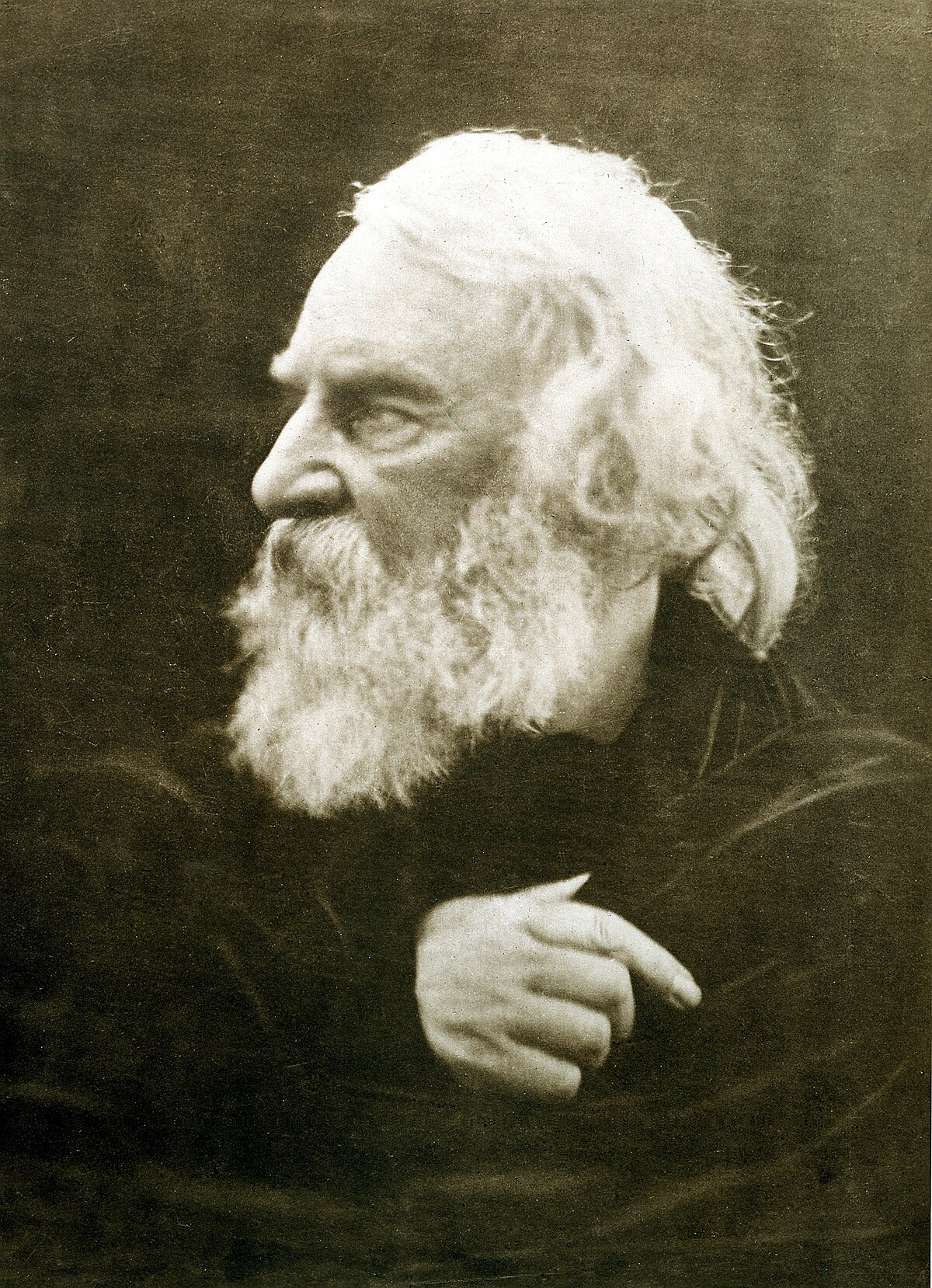Henry Wadsworth-Longfellow
Hey world!
Currently I am vacationing in Portland Maine. Today I decided to go check out Henry Wadsworth Longfellow's house, which is located right in the middle of Portland. Situated on a busy cobbled street, this colonial style house was the boyhood home of the beloved poet Longfellow.
For those of you who aren't familiar with this poet let me give a brief synopsis.
Longfellow was born here in Portland Maine in 1807, he was the second of eight children. At the time Maine was still part of Massachusetts, and hadn't been split (1820). His father Steven Longfellow was a lawyer and a congressman, and expected Henry to follow suit in this career. From an early age he showed an interest in modern languages and went on the speak four. In these days one would learn Greek, Latin and perhaps a bit of Hebrew. But not many new French, Spanish, German or Italian.
Longfellow was a prolific writer from an early age-publishing his first poem when he was just thirteen! This poem was 'The Battle of Lovell's Pond', he slipped the poem underneath the local newspaper's ('The Portland Gazette') publishing house door, and was on the front page the next morning. Longfellow attended Bowdoin college, and then spent three years studying the languages abroad in Europe. After his travels he returned to the United States and became the first professor of modern languages at Harvard University. Because hardly anyone spoke the languages Longfellow had been studying, he had to write his own textbooks. His first major poetry collections were 'Voices of the night' (1839) and 'Ballads and Other Poems' (1841).

During my tour I learned a rather tragic fact about this poet-the reason he wore a big white bushy beard.
This, however, was not just meant to present a scholarly, sagacious look. There is more to the story. Henry began growing the beard out after the tragic death of his second wife Franny in 1861, who died in a fire. Henry was so badly burnt trying to save her that he couldn't go to her funeral, and his face was so severely burnt that he was never able to shave again.

Also while I was there I was able to see and even touch the very desk at which he sat and gazed out the window and wrote 'A Rainy Day', among other poems.

A Rainy Day
The day is cold, and dark, and dreary
It rains, and the wind is never weary;
The vine still clings to the mouldering wall,
But at every gust the dead leaves fall,
And the day is dark and dreary.
My life is cold, and dark, and dreary;
It rains, and the wind is never weary;
My thoughts still cling to the mouldering Past,
But the hopes of youth fall thick in the blast,
And the days are dark and dreary.
Be still, sad heart! and cease repining;
Behind the clouds is the sun still shining;
Thy fate is the common fate of all,
Into each life some rain must fall,
Some days must be dark and dreary.
This, is only one of my favourite poems of his. He wrote it in 1842, and for me it is a very nostalgic and melancholy poem, as well as a hopeful one. The first two stanzas are depressing descriptions of his view of the world, his life, what is on his mind. The emotions swirling around in this poem are overcast, yet he concludes the poem with a self-comfort stanza. He reassures the reader (and himself) that above the clouds the sun is still shining. The optimistic ending is what really touched me. The penultimate line-'Into each life some rain must fall' highlights how in everyone's life, there can't be any happiness if there isn't any sorrow. The quote that we all might recognise today- 'Without any darkness we cannot see the stars'. Longfellow says 'some days must be dark and dreary', and he's right. Without them, how would we come to love the sunshine?
This poem encourages hope. The promise of the sun still shining above the clouds is Longfellow's message: Never Lose Hope. No matter how dark it gets- the stars will always shine.
Keep looking up, world.
-A.H 🐝



Comments
Post a Comment